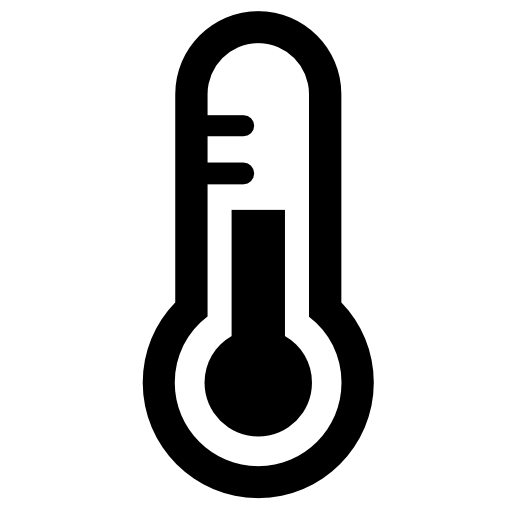Neodymium Magnet Safety
How to stay safe when using powerful neodymium magnets
The neodymium magnets we sell are extremely strong. They must be handled with care to avoid personal injury or damage to the magnets. Below are points of caution to help keep both you and you magnets safe from harm.
Powerful attraction forces can cause serious injury.
Neodymium magnets are more powerful than other kinds of magnets. The incredibly powerful force between magnets can often be surprising to those unfamiliar with their strength.
Fingers and other body parts can be pinched between two magnets. With larger magnets, injuries of this type can be severe.
Neodymium magnets are not for children.
Neodymium magnets are not toys. Children should not be allowed to handle neodymium magnets. Small magnets can pose a choking hazard. If multiple magnets are swallowed, they can attach to one another through intestine walls. This can cause a severe health risk, requiring immediate, emergency surgery if correctly diagnosed.
Neodymium magnets can affect pacemakers.
The strong magnetic fields near a neodymium magnet can affect pacemakers, ICDs and other implanted medical devices. Many of these devices are made with a feature that deactivates it with a magnetic field. Therefore, care must be taken to avoid inadvertently deactivating such devices.
Neodymium magnets are brittle and fragile.
Neodymium magnets are made of a hard, brittle material. Despite being made of metal, and the shiny, metallic appearance of their nickel plating, they are not as durable as steel.
Neodymium magnets can peel, chip, crack or shatter if allowed to slam together. Eye protection should be worn when handling magnets, since shattering magnets can launch small pieces at great speeds.
Neodymium magnets are not easily drilled or machined.
Magnets can affect magnetic media.
The strong magnetic fields near neodymium magnets can damage magnetic media such as floppy disks, credit cards, magnetic I.D. cards, cassette tapes, video tapes or other such devices. They can also damage televisions, VCRs, computer monitors and CRT displays. Avoid placing neodymium magnets near electronic appliances.
Neodymium magnets can become demagnetized at high temperatures.
While operating temperatures are often listed as 80°C (175°F), the actual maximum operating temperature of a magnet can vary depend on the grade, magnet shape and how it is used.
Neodymium magnet powder or dust is flammable.
Avoid drilling or machining neodymium magnets. When ground into a dust or powder, this material is highly flammable.
Those with nickel allergies should avoid prolonged contact with magnets.
A small percentage of people have a nickel allergy, where an allergic reaction can cause redness and a skin rash. Those with nickel allergies should avoid directly handling nickel plated neodymium magnets.
Strong magnetic fields can interfere with compasses and navigation.
IATA (International Air Transport Association) and US Federal rules and regulations cover shipping magnets by air and ground delivery. Magnetic fields can influence compasses or magnetometers used in air transport. They can also affect internal compasses of smartphone and GPS devices.
Neodymium magnets can corrode.
Neodymium magnets can rust or corrode in the presence of moisture. While the three layer, nickel-copper-nickel plating on most of our magnets provides enough protection for many applications, they are not waterproof. If used underwater, outdoors or in a moist environment, they can corrode and lose magnetic strength.
Icons used on this page are a derivative work, based on icons by Freepik from www.flaticon.com, licensed by CC BY 3.0


